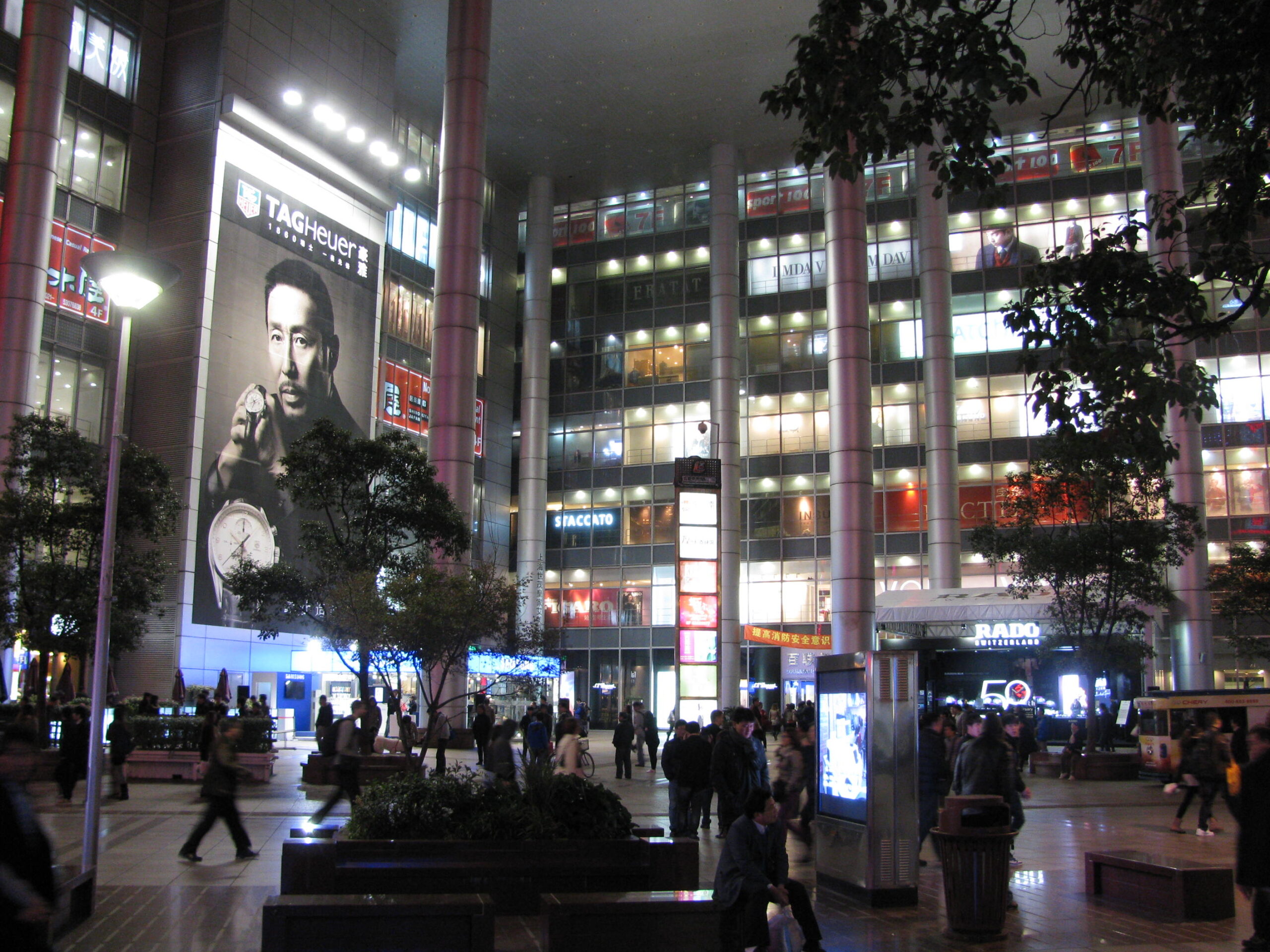Mark Tanner explains the pitfalls for Western companies choosing years, dates and numbers in the marketing of their products to Chinese consumers.
It was always going to be tough for a Japanese company like Sony to launch a new mobile in China.
If it had been a decade ago when Chinese brands accounted for less than a fifth of the smartphone brands, it may not have been such a tall task. But the rise of technically and marketing-savvy domestic brands such as Huawei, Oppo, Vivo, Xiaomi and others has squeezed the window for foreign brands who now account for less than 10% of the market.
If it wasn’t going to be challenging enough already, Sony’s decision to plan its marquee launch event on 7 July just made it a whole lot harder. 7/7 is generally considered to be the start of the Second Sino-Japanese War, something that was called out quickly on Chinese social media. The issue was compounded because the announcement of the date was the day before the Communist Party of China celebrated its 100th-anniversary.
Chinese consumers often get a kick out of well-considered numbers and their symbolism. We only need to look back to the opening ceremony of Beijing’s Olympics on the auspicious date of 8/8/08. The ’11/11′ of Singles’ Day represents singles, and Alibaba’s Wine & Spirits Festival happens on 9/9 because the pronunciation of nine – Jiǔ – is the same as alcohol (although they are different characters, 酒 and 九 respectively).
Even brands use numbers cleverly in their names such as recruitment site 51job.com which sounds a lot like ‘I want a job’. Emerging coffee brand Saturnbird Coffee translates to sān dùn bàn which means “three-and-a-half meals”, with the extra half meal a day coming from the coffee lifestyle to ‘fulfil consumers’ spiritual demand’.
But as Sony found out, the wrong choice of numbers can have the opposite effect.
In a similar vein last March, the much anticipated Japanese game Resident Evil 3 came under fire in China for using a three-digit passcode that referenced a sensitive date related to Japan’s invasion of China prior to World War II.
Tailor Swift, one of the biggest foreign stars in China, in 2015 launched a line of $40 hoodies and other garb brandishing her initials ‘T.S.’ with the title of her recently-released album, ‘1989’. The unfortunate coincidence was that her initials also stood for Tiananmen Square and 1989 wasn’t a good year for the landmark. The merchandise wasn’t selling for long on JD before it was swiftly removed with an official apology from a mortified Taylor.
The number four – which sounds like ‘death’ to Chinese is also no-go for consumers. You’ll even struggle to find 4, 14, 24… buttons in the elevator in China’s towering buildings. People refuse to have four in their phone numbers.
There are years that westerners may look upon fondly, such as the sixties in America when the country was riding high after electing their youngest president, JFK, launching all-American symbols such as the Ford Mustang, and putting the first man on the moon. Chinese may not have such positive associations with the decade living through the Great Famine and Cultural Revolution within the space of five years.
In summary, clever use of years, dates and numbers; their sounds and symbolism can connect and engage Chinese consumers. But don’t use numbers without checking their cultural sensitivity or significance, with someone who understands the implications like China Skinny.
Mark Tanner is managing director of Shanghai-based research and strategy agency China Skinny. Reproduced with permission.




